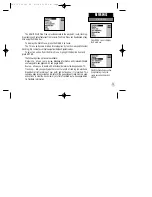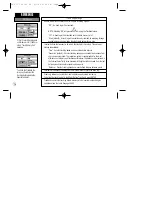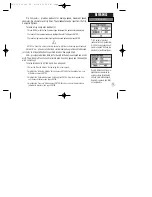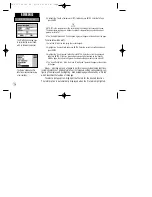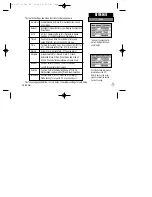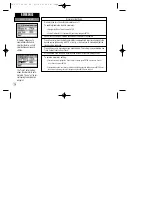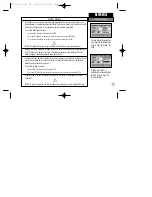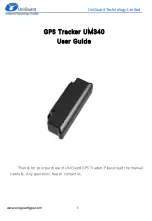
Airspace Settings
Class B
is used to enable/disable alarms for Class B or CTA (ICAO control areas) airspace.
Class C
allows you to enable/disable alarms for Class C or TMA (ICAO terminal control
areas) airspace.
Tower Zone
provides an alarm within a 4.3 nm radius from airports with control towers
which are not associated with Class B or Class C airspace. (Typically referred to as Class D.)
Restricted
allows you to enable/disable alarms for restricted areas.
MOAs
lets you enable/disable alarms for military operations areas.
Other SUAs
provides alarms for other special-use airspace categories including: training,
caution, danger, warning and alert areas.
Mode C Veils
provides an alarm within the outer limit of an airspace (usually Class B or
C) where a Mode C altitude-encoding transponder is required.
Altitude Buffer
expands the vertical range of an airspace, providing an added margin of
safety. For example, if the buffer is set at 500 feet, and you are more than 500 feet above
or below an airspace, you will not be notified with an alert message. If you are less than
500 feet from the floor/ceiling limits of the airspace, you will be notified with an alert
message. The default setting for the altitude buffer is 200 feet.
To turn an airspace alarm on or off and enter an altitude buffer:
1. Highlight the desired airspace category or the ‘Altitude Buffer’ field and press ENTER.
2. For airspace alarms, select ‘On’ or ‘Off’ and press ENTER.
3. For the altitude buffer, enter the desired buffer distance and press ENTER.
NOTE
: Alarms for prohibited areas are always on. Disabling any of the above listed airspace
categories only removes the alert. The boundaries will still appear on the map display.
You may enable/disable the
airspace alerts by the individ-
ual categories shown.
The altitude buffer provides
an added margin of safety
beyond the floor/ceiling limits
of a given airspace.
84
REFERENCE
Setup: Airspace
#
?
GPS III Pilot B2 4/1/99 2:02 PM Page 84




